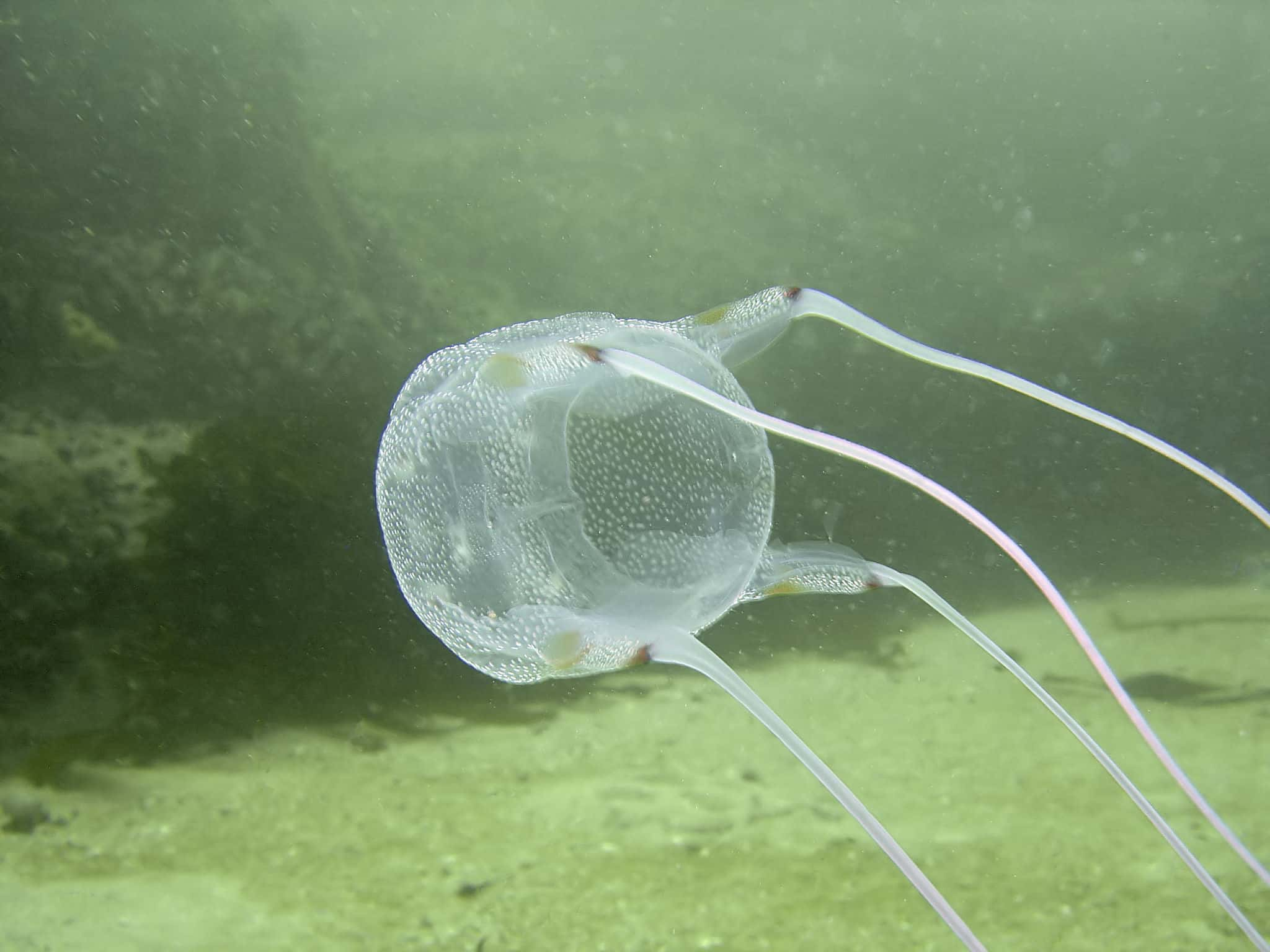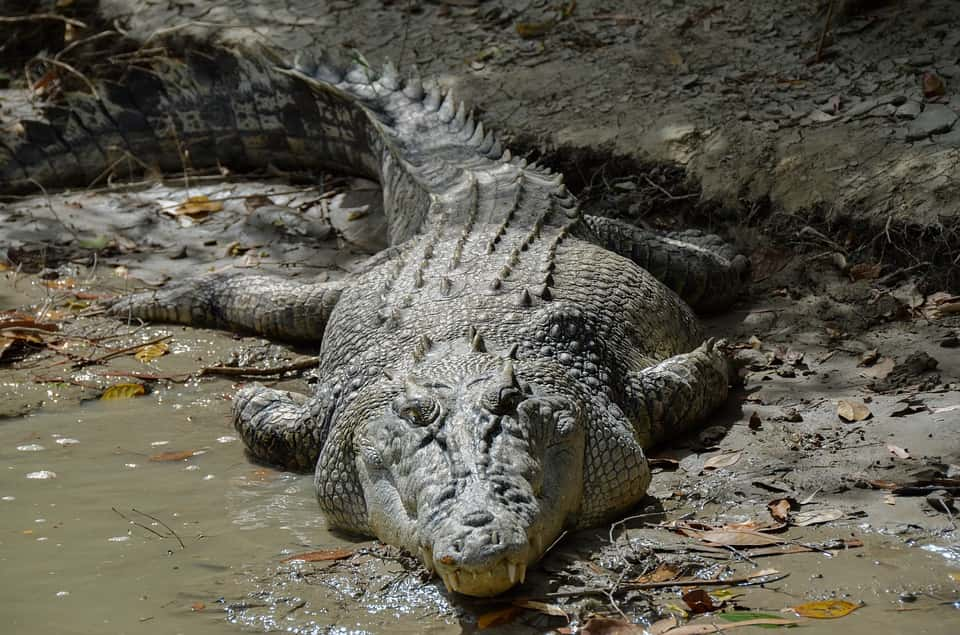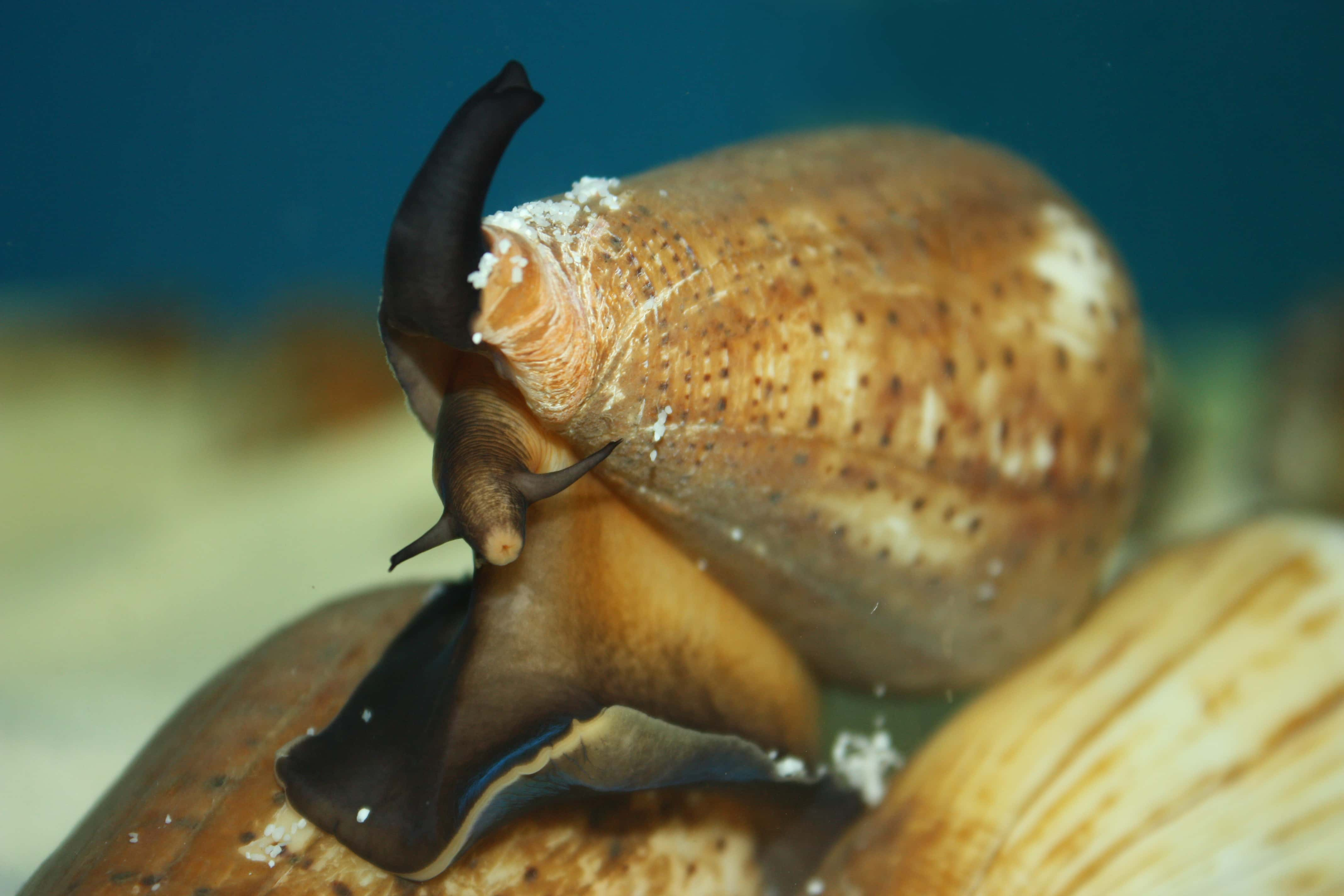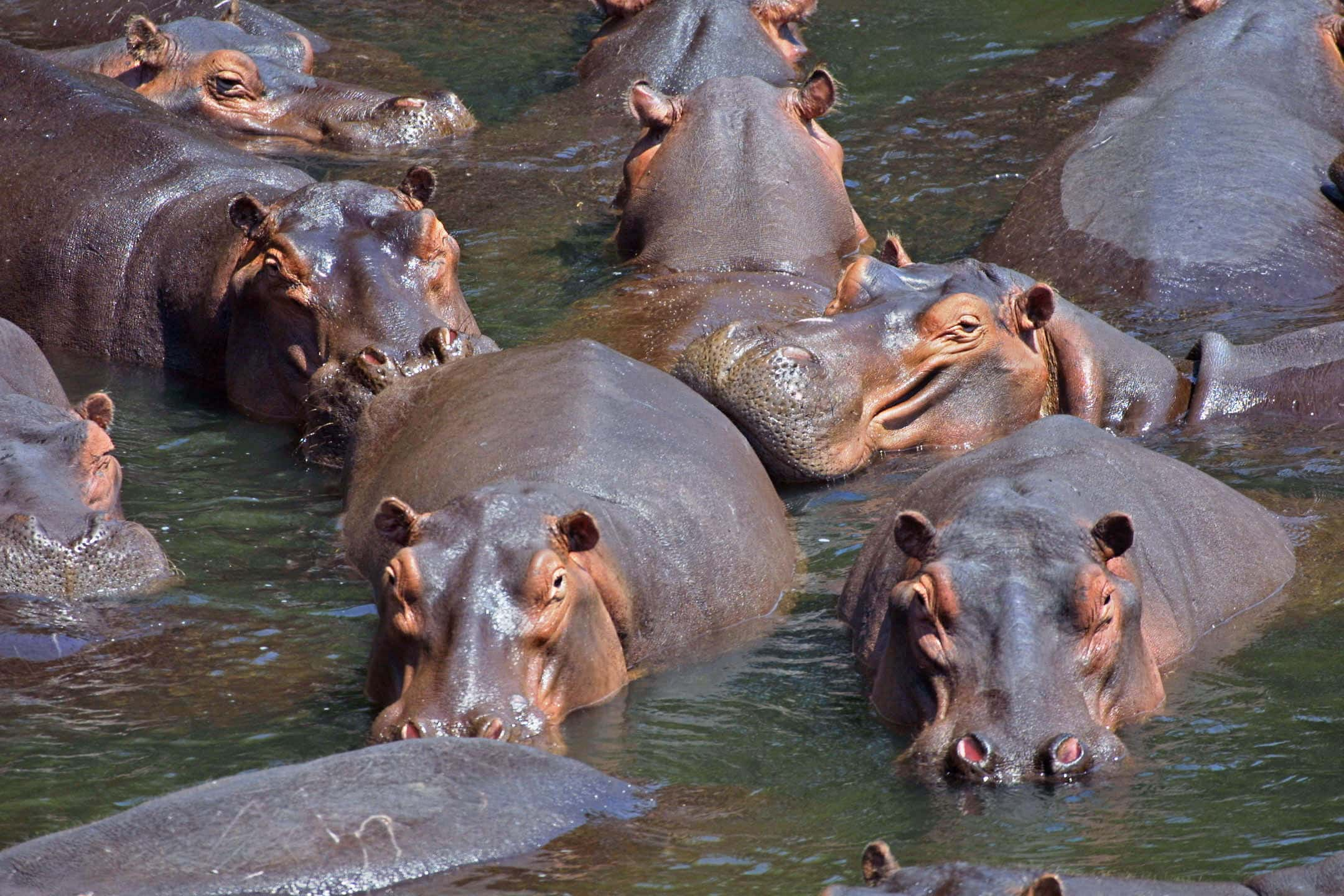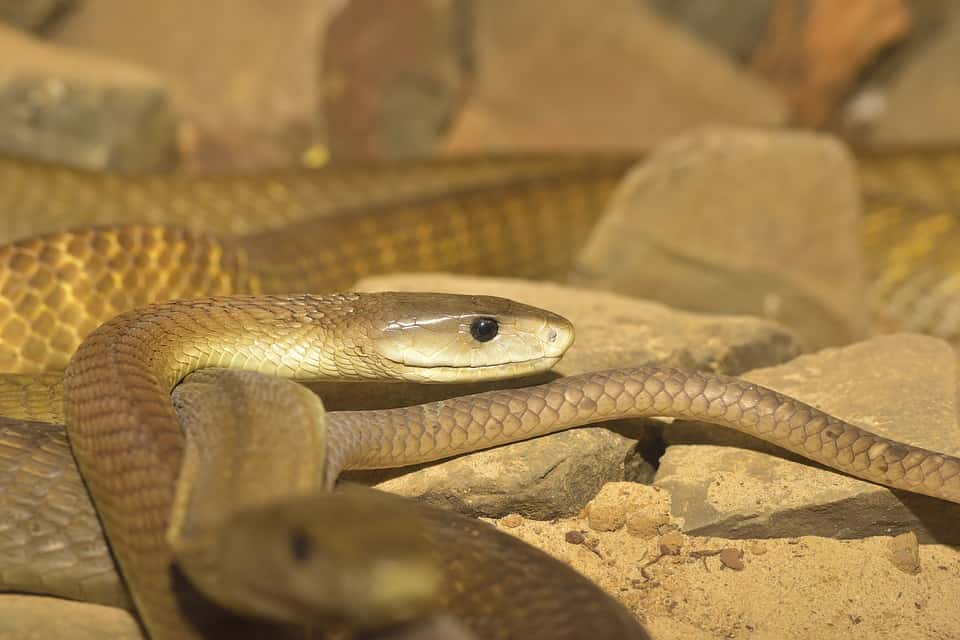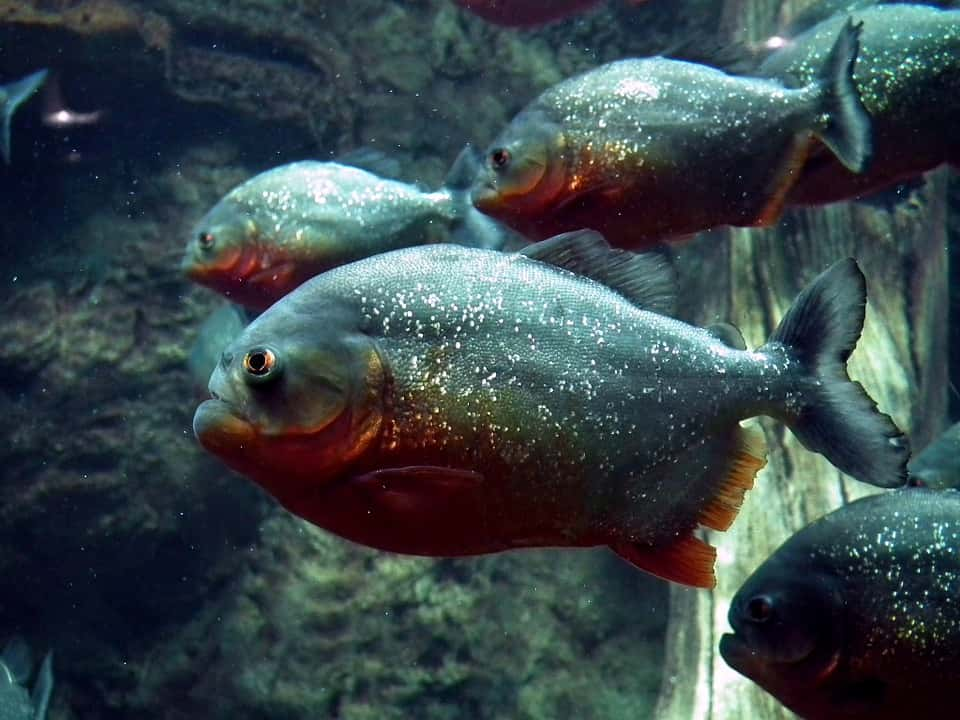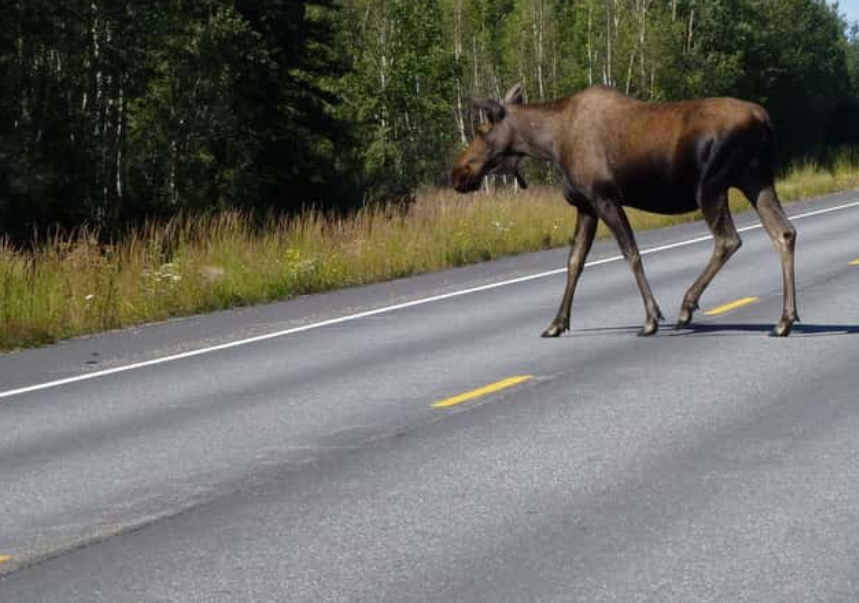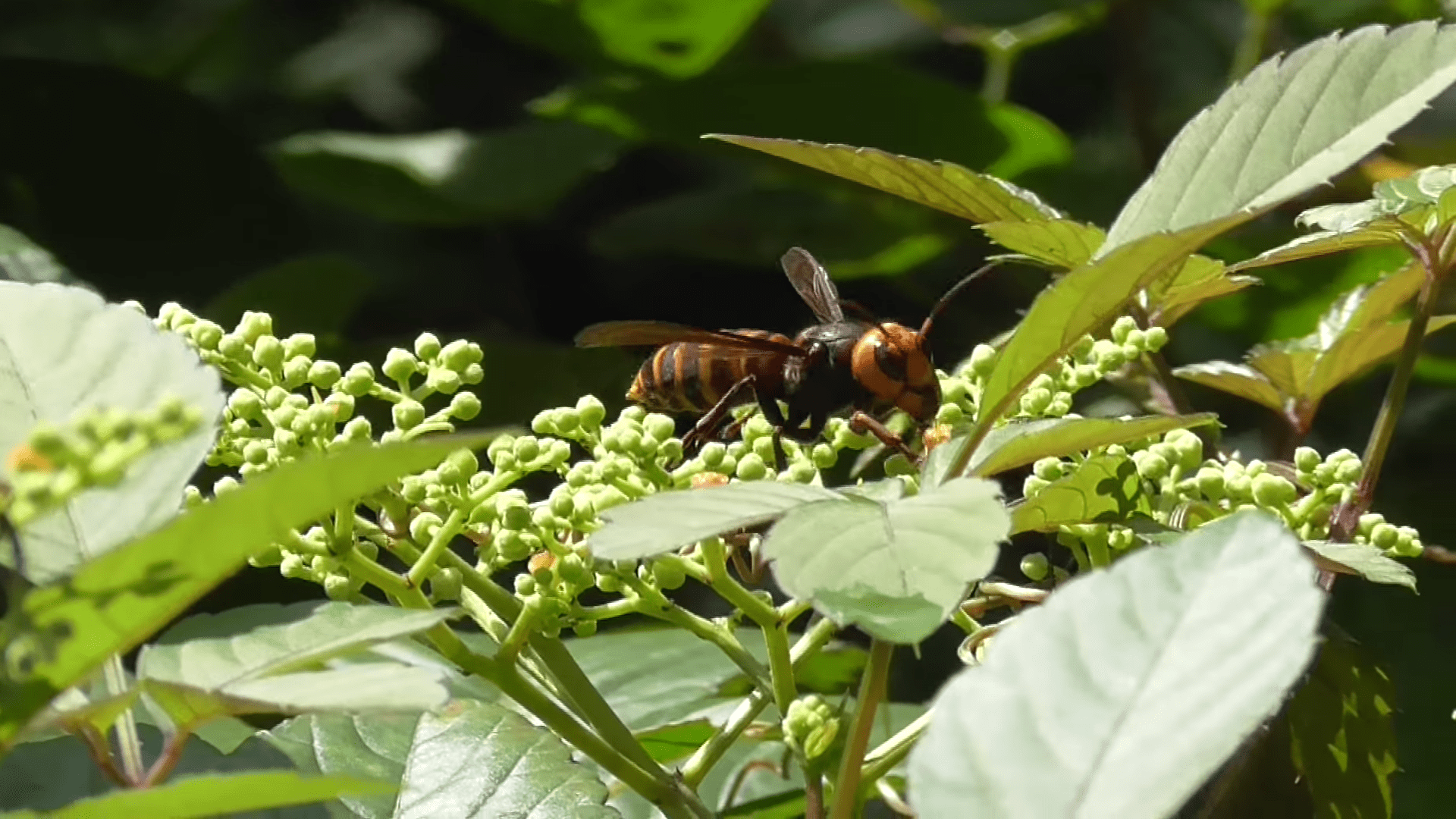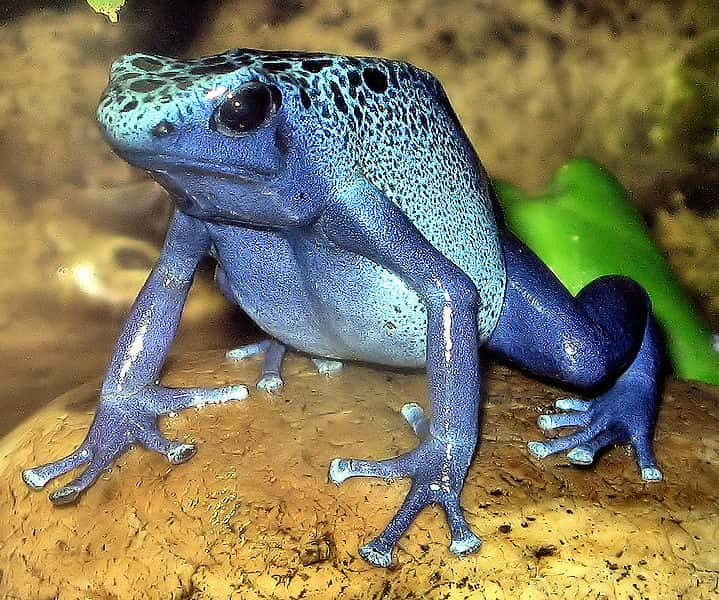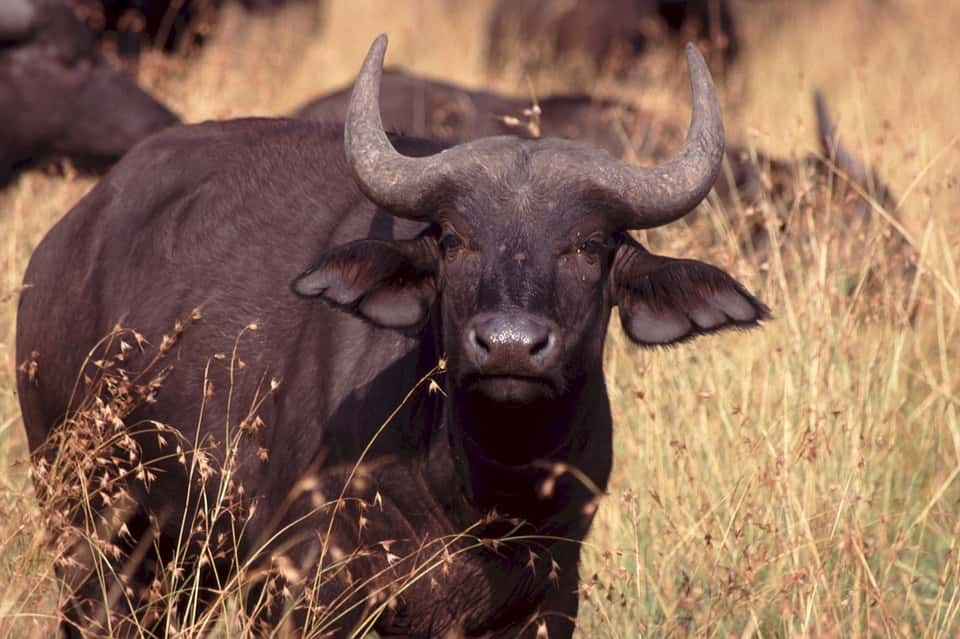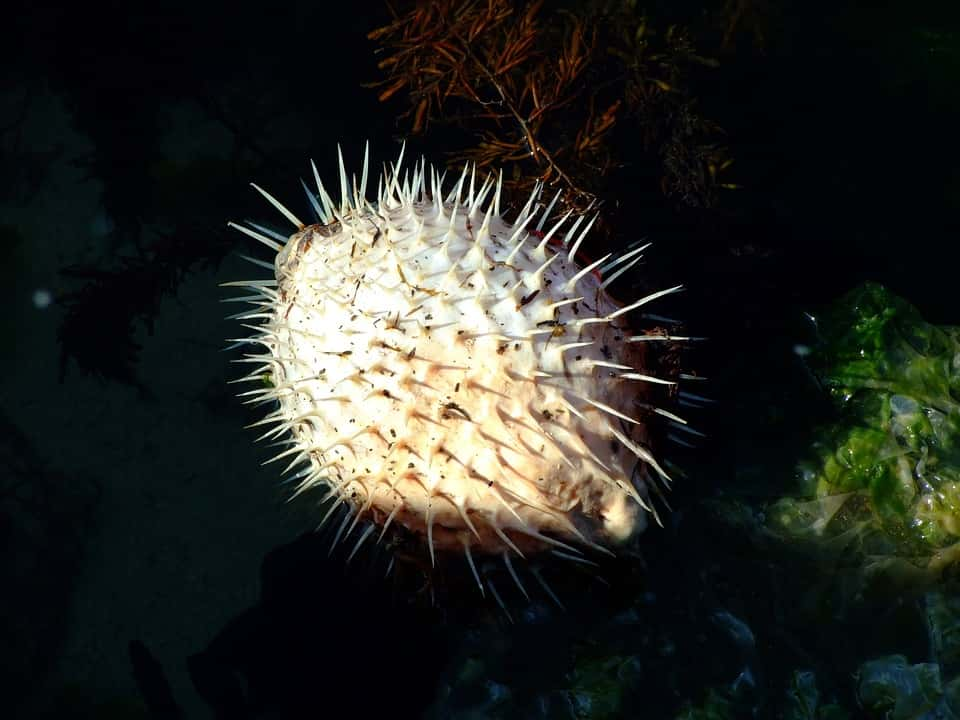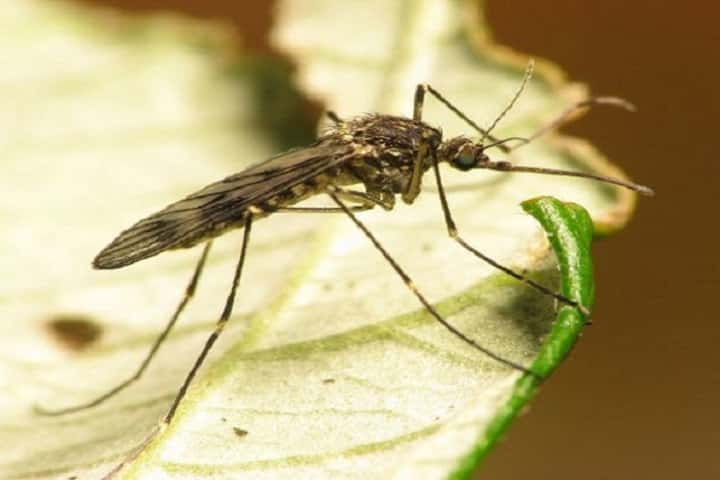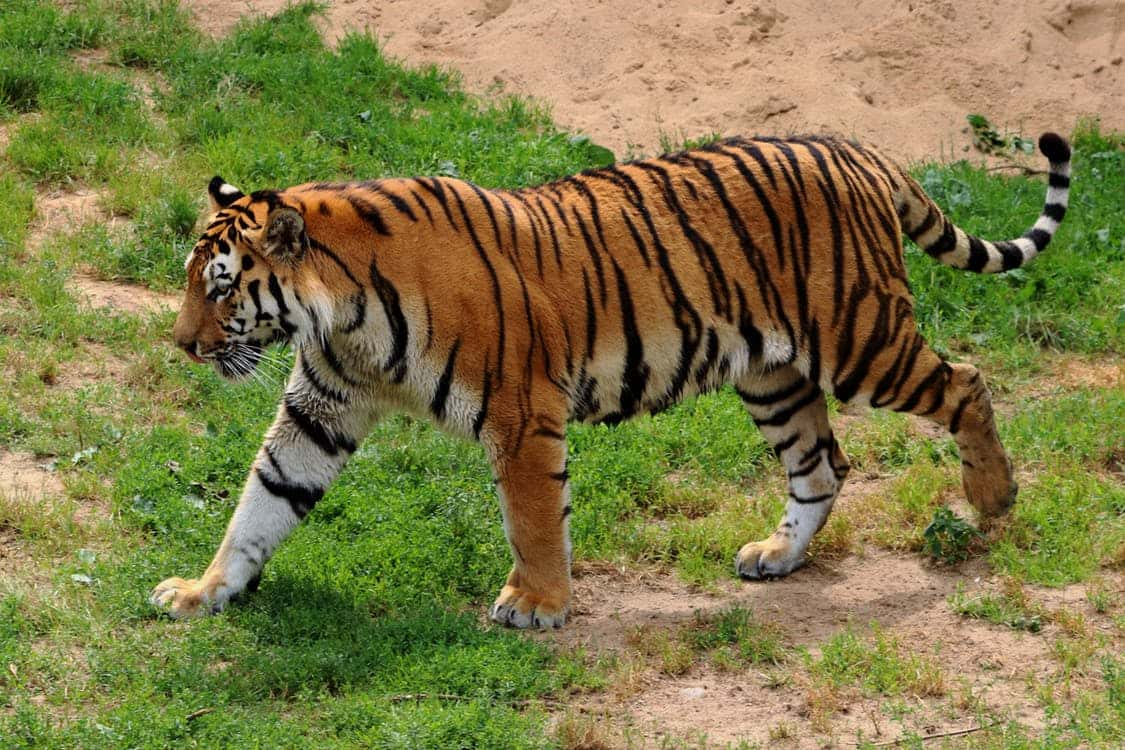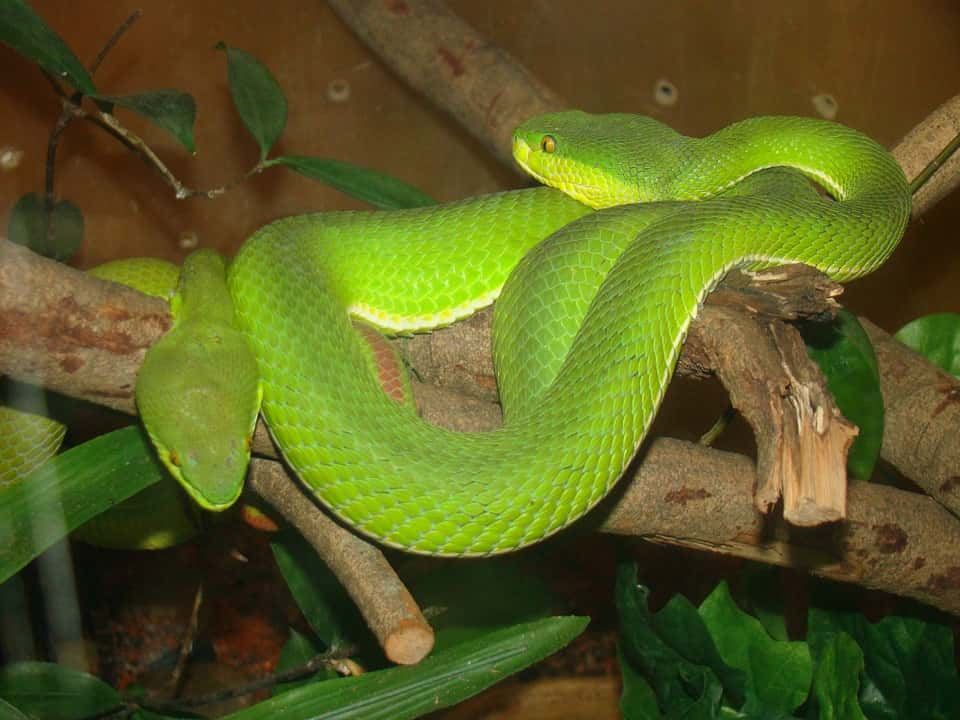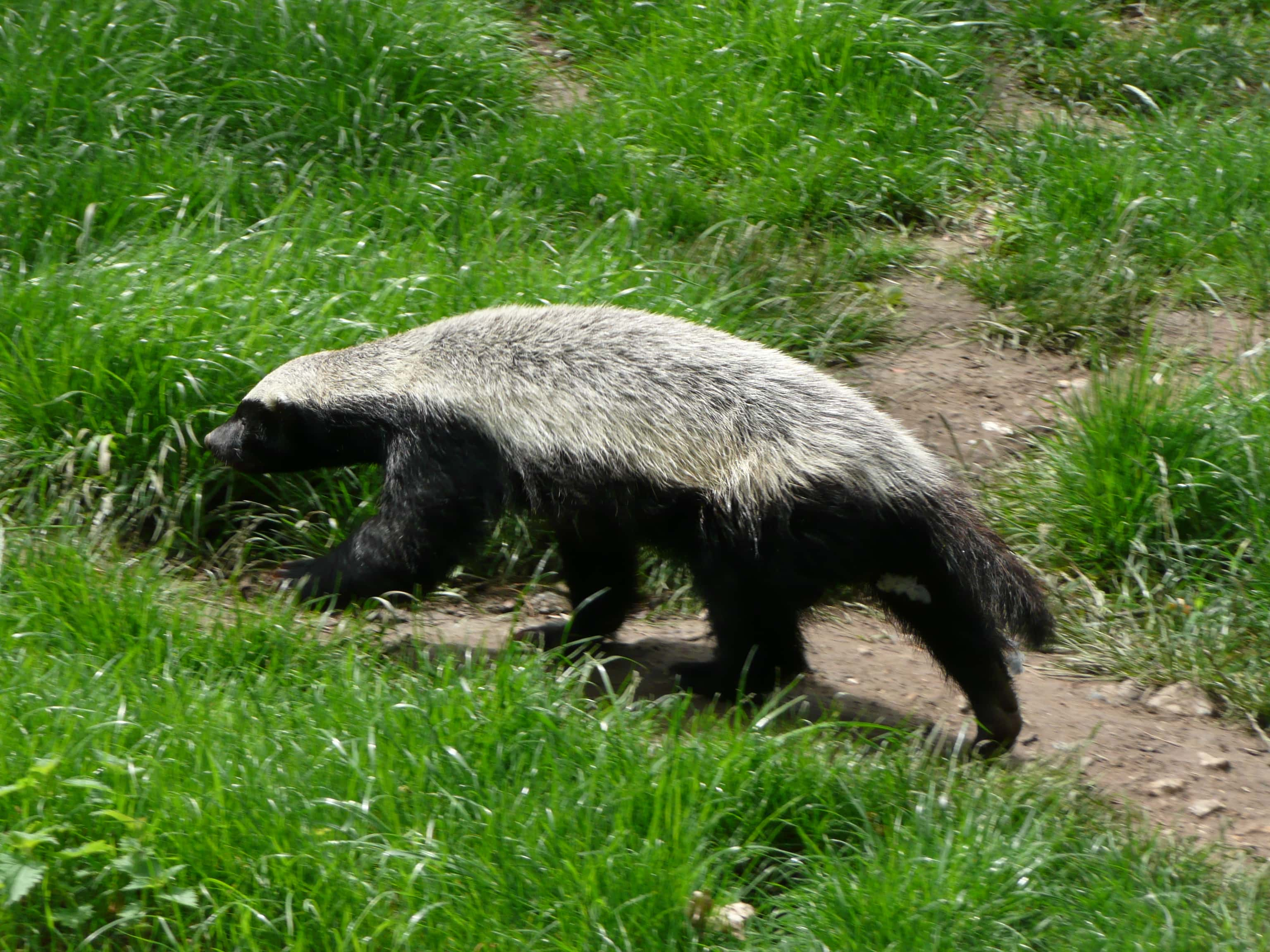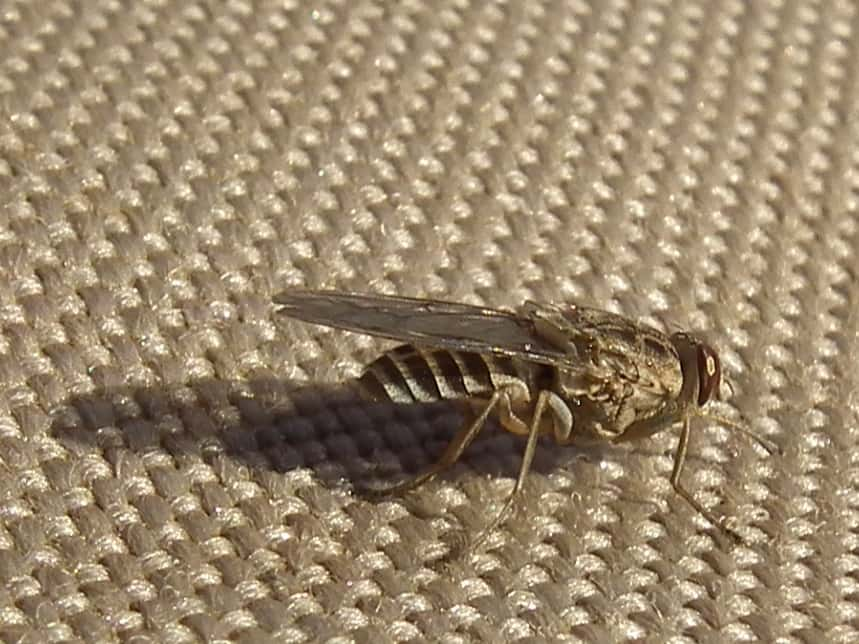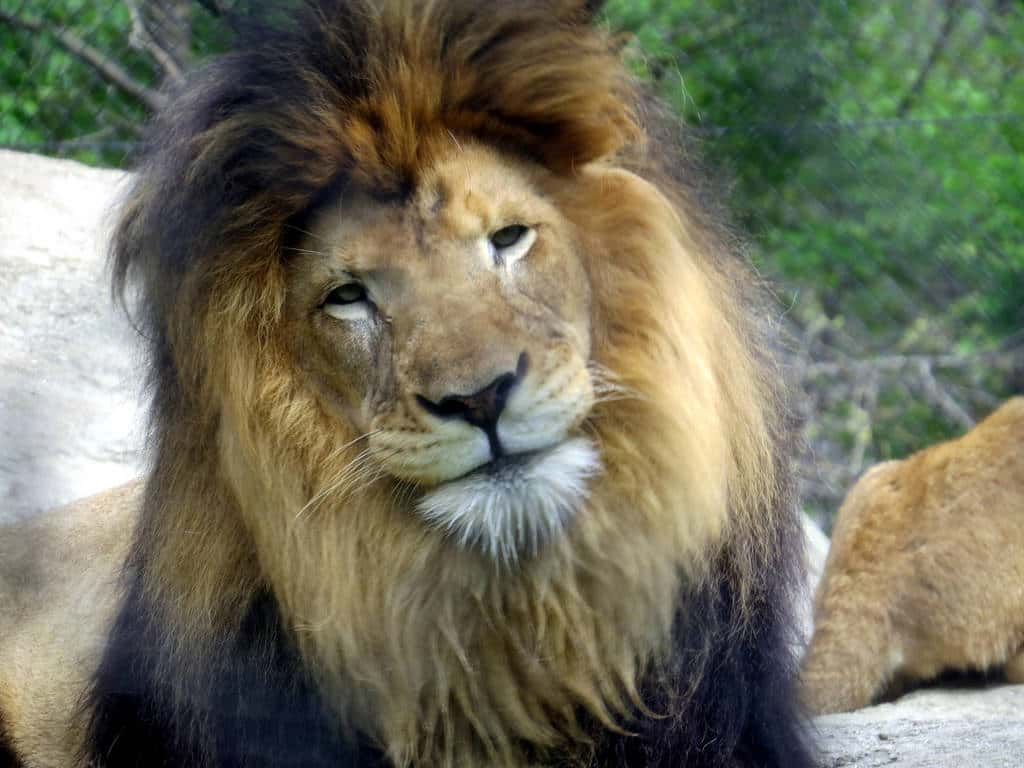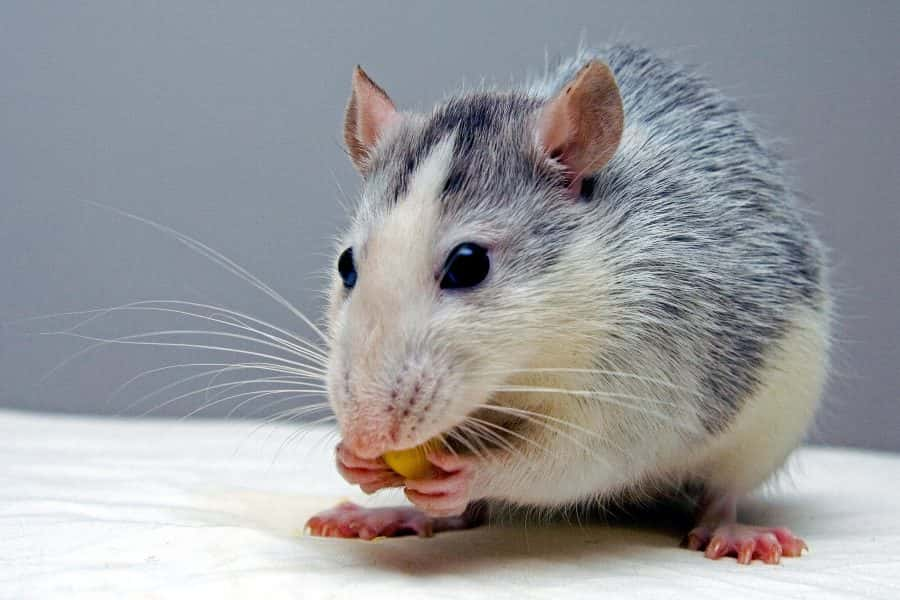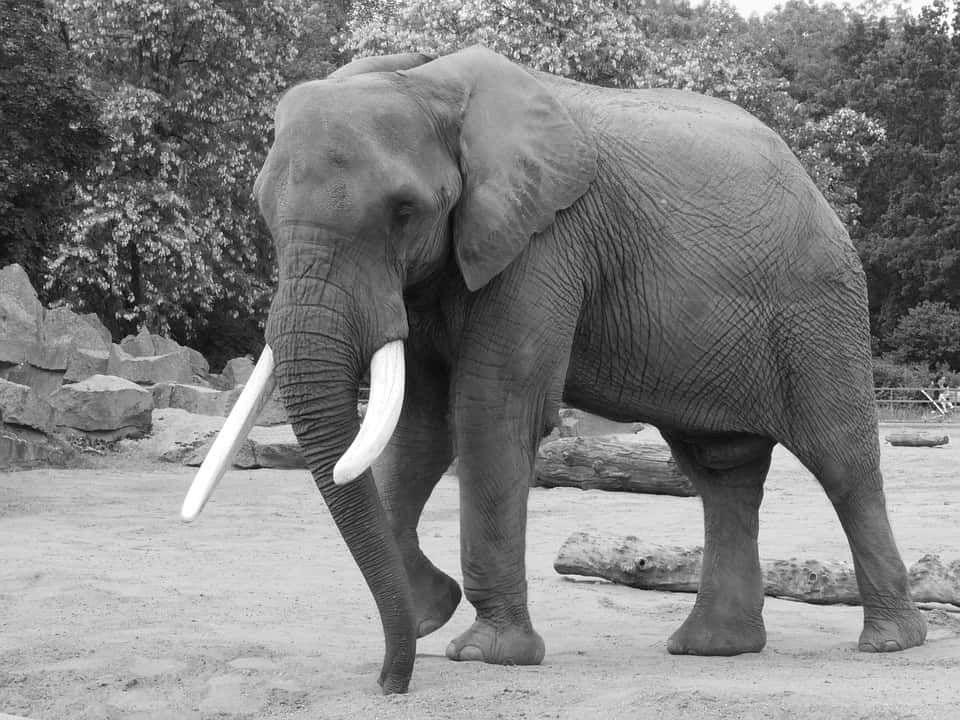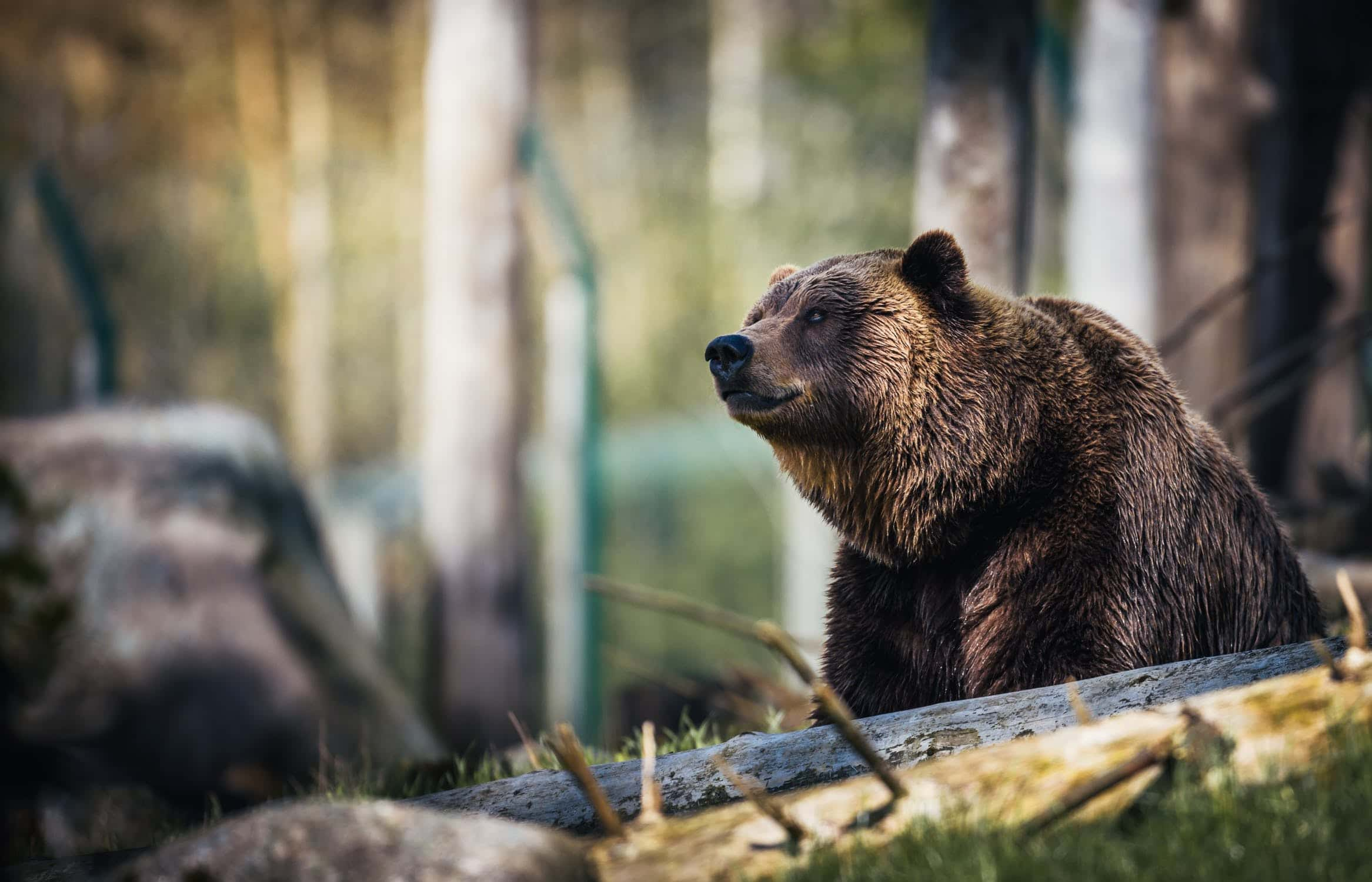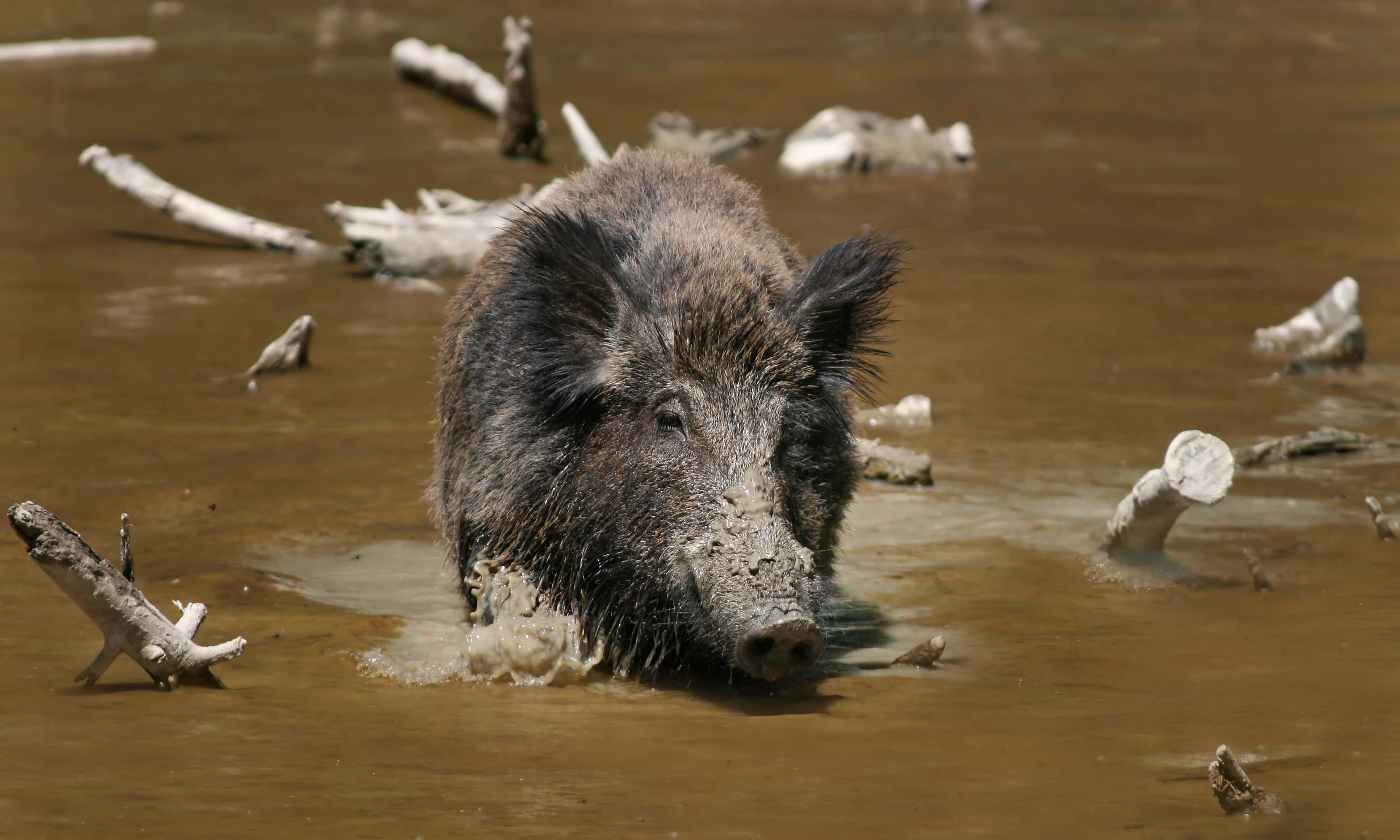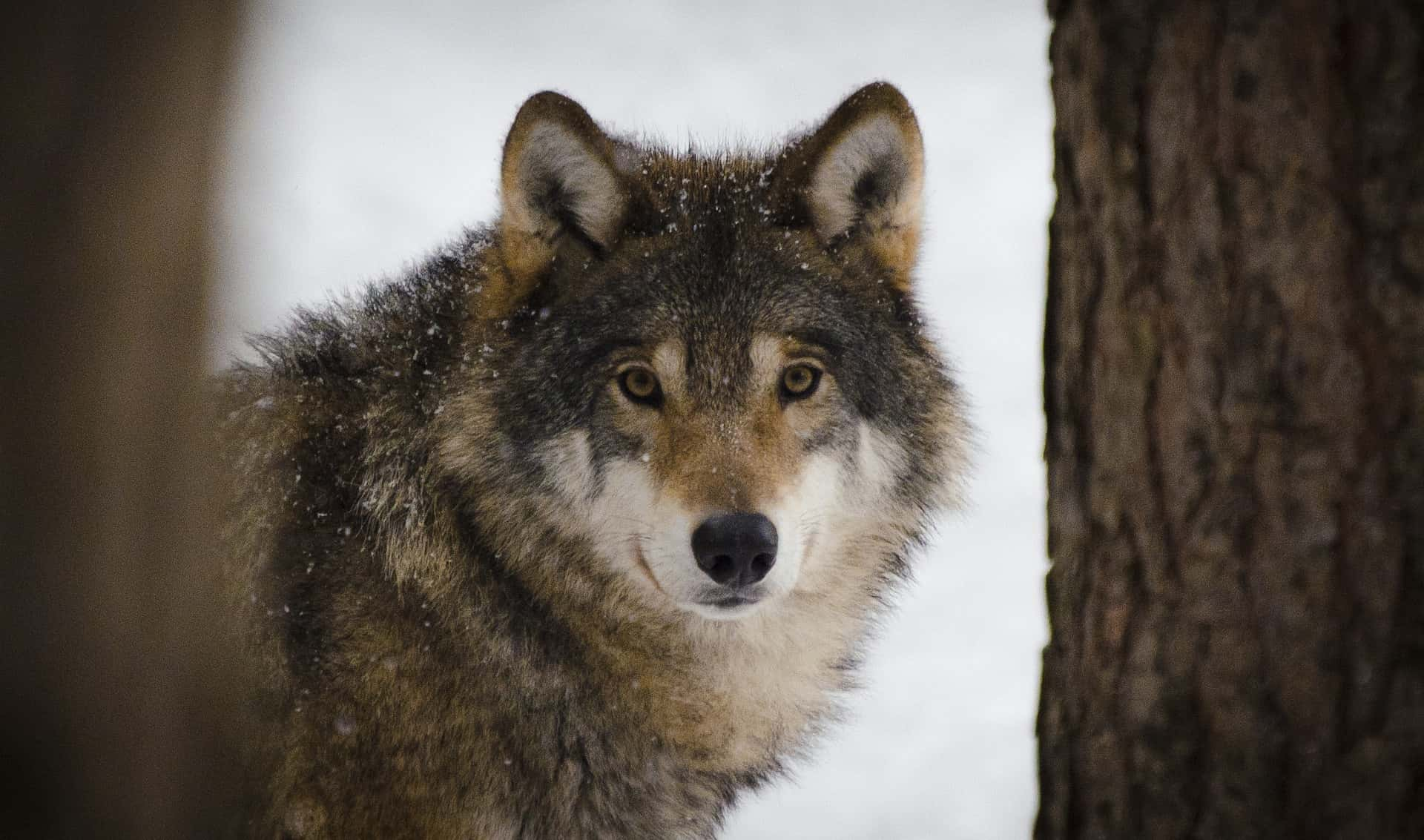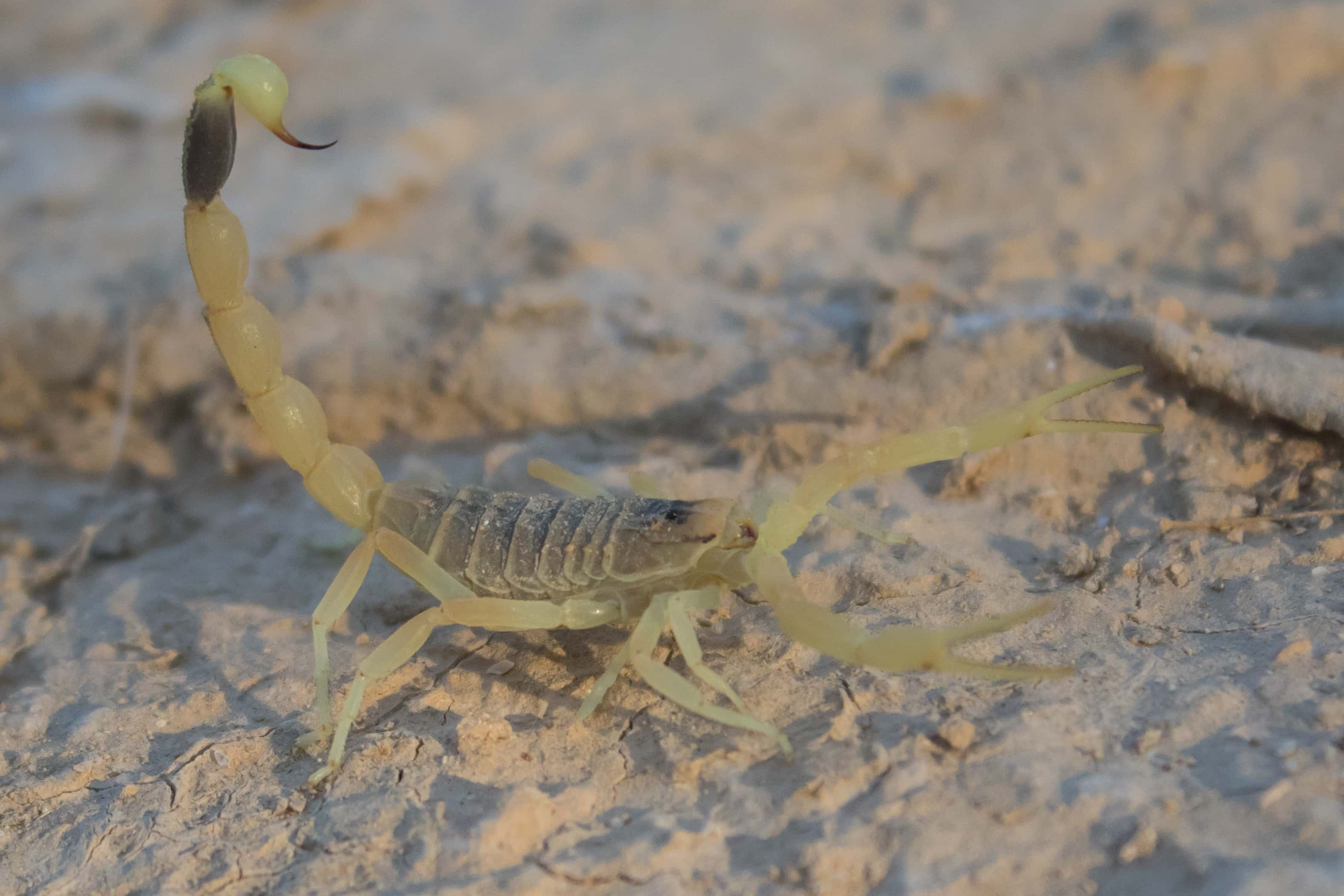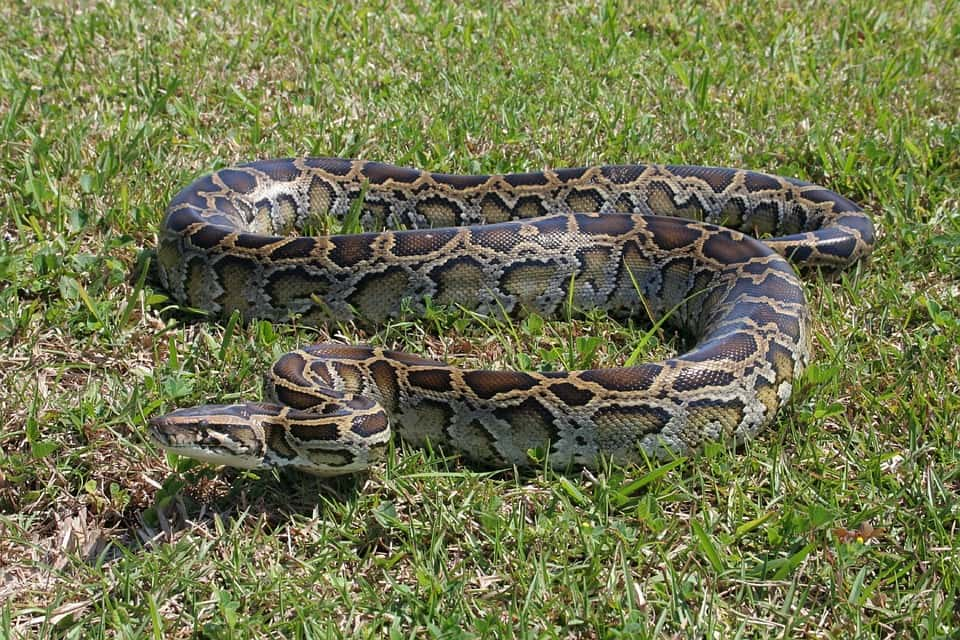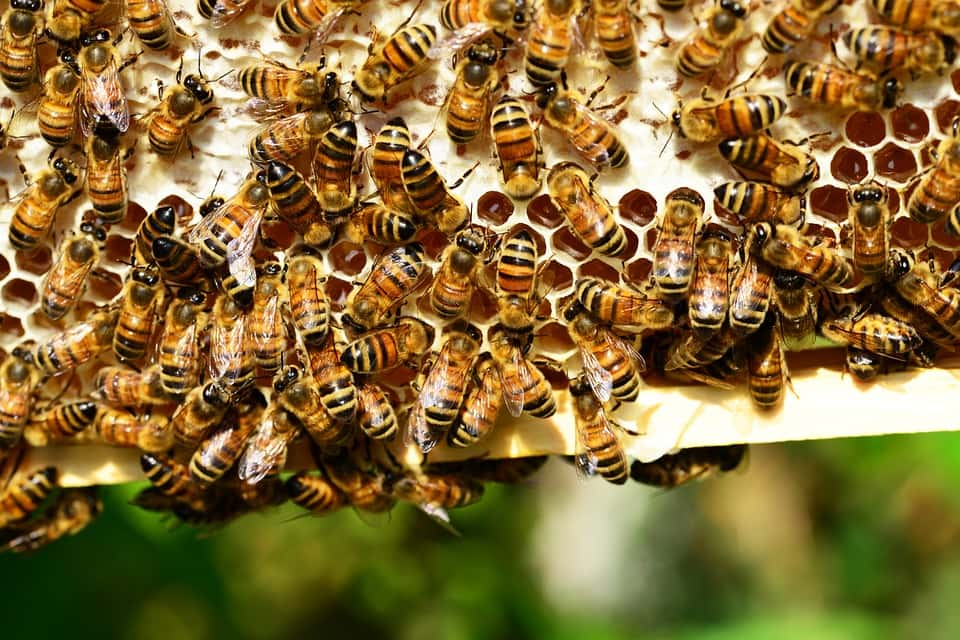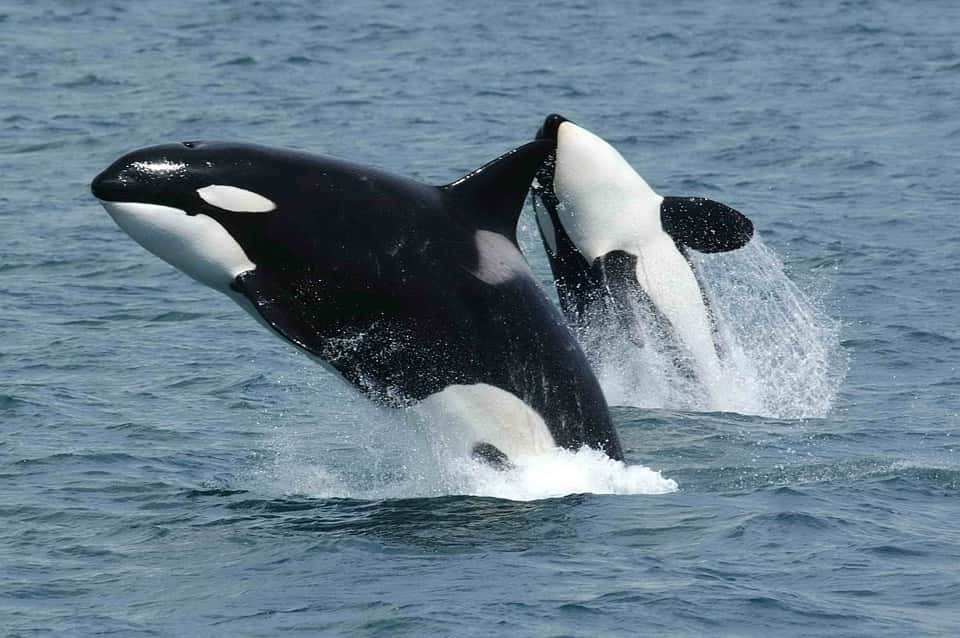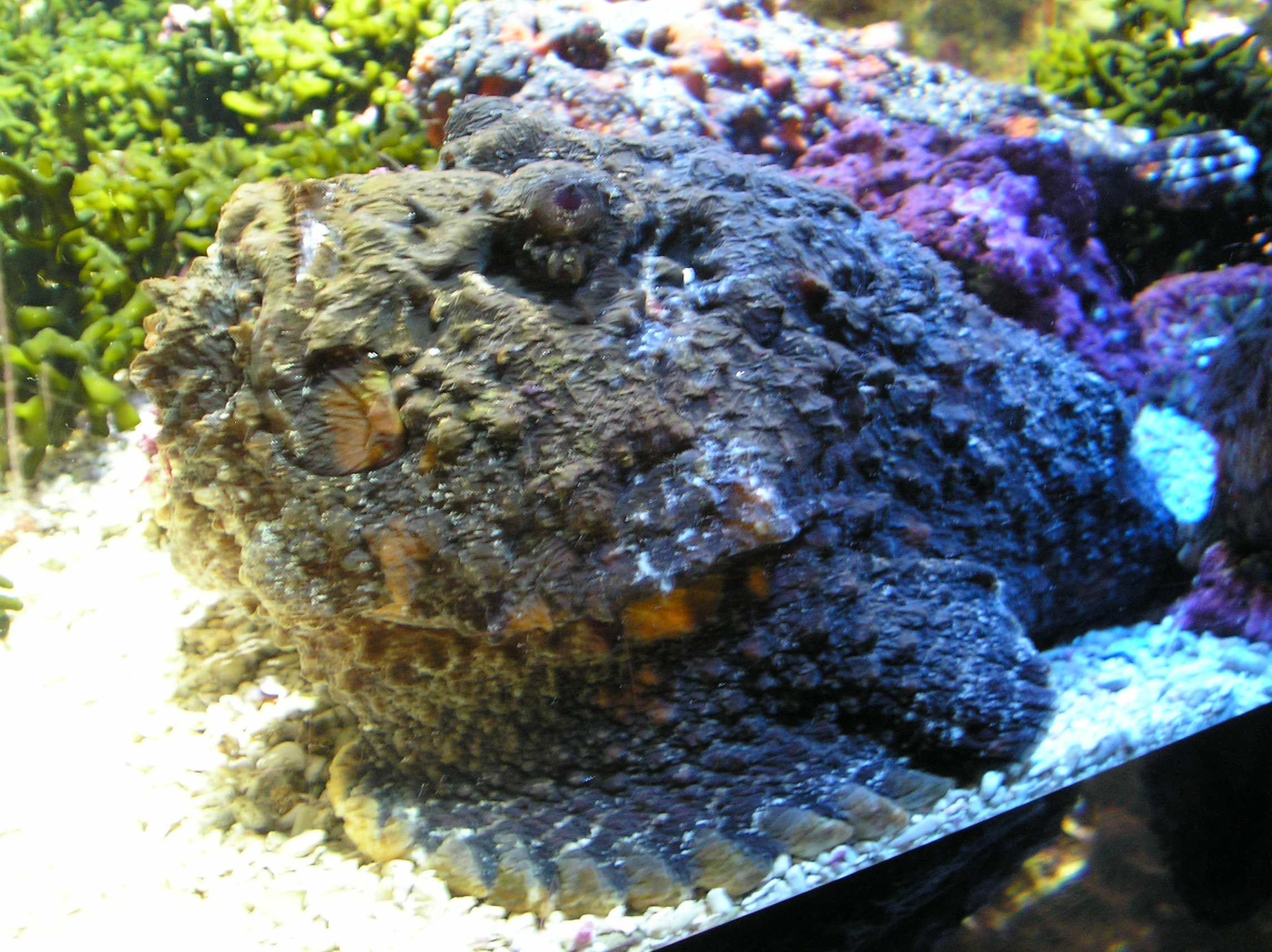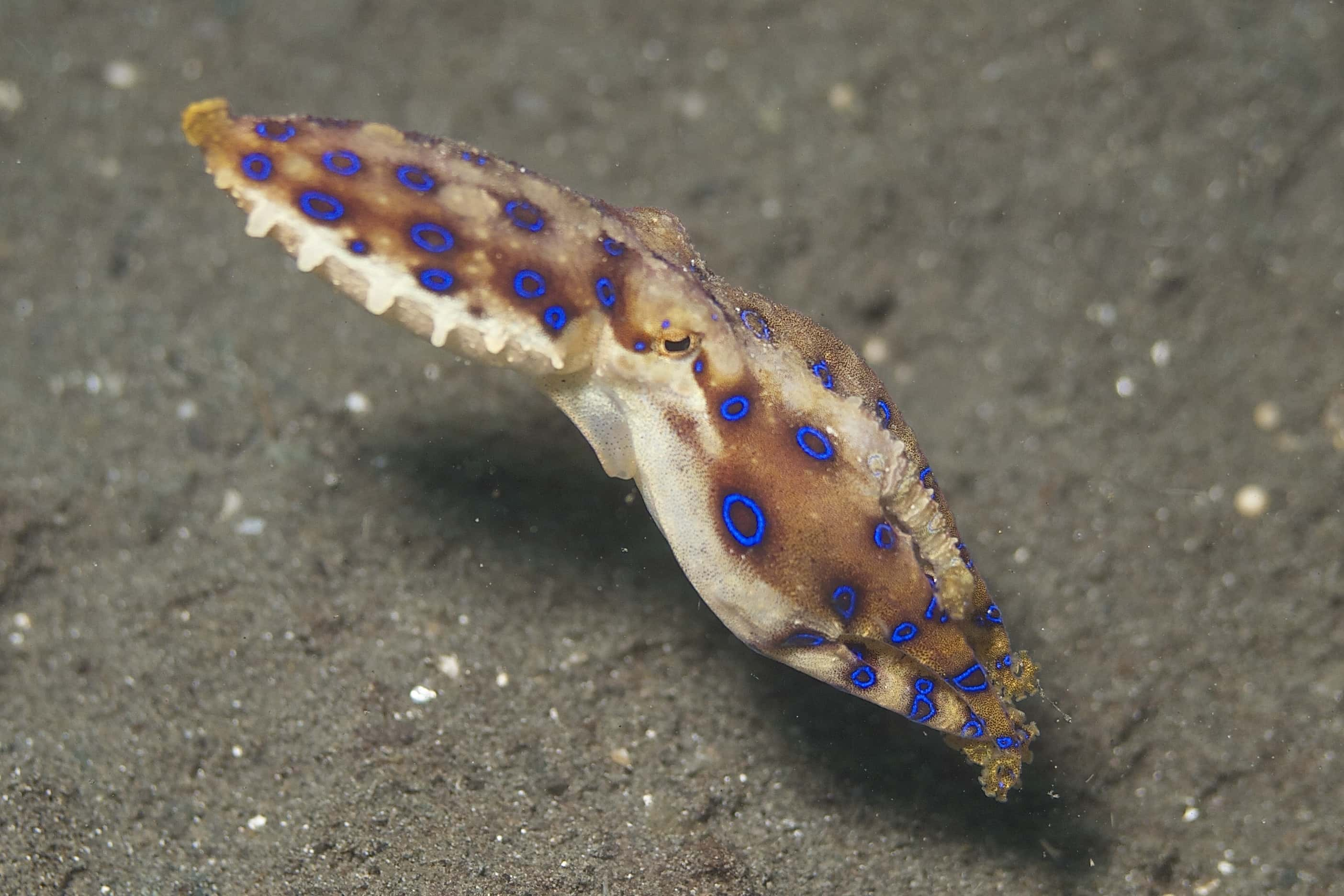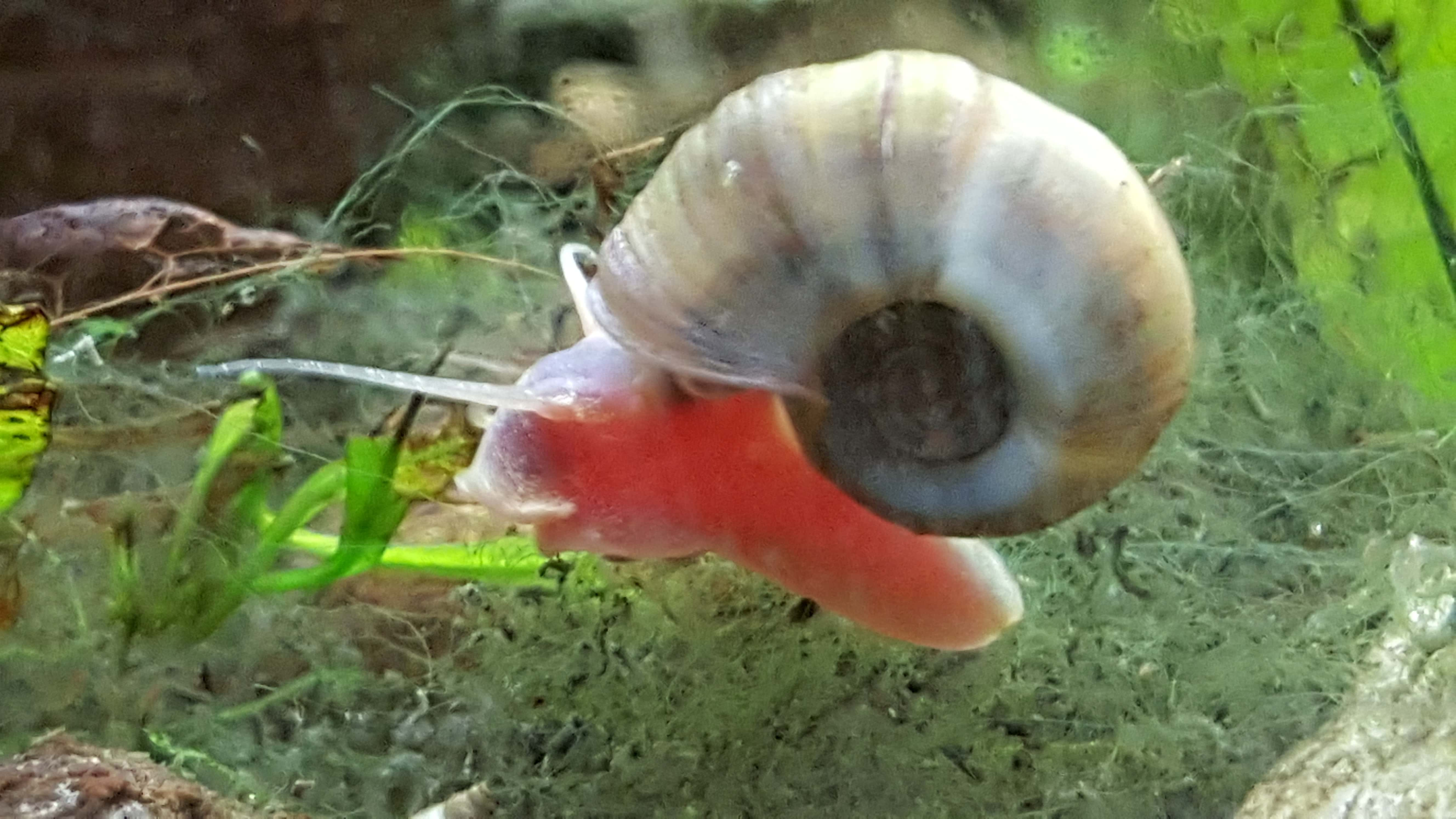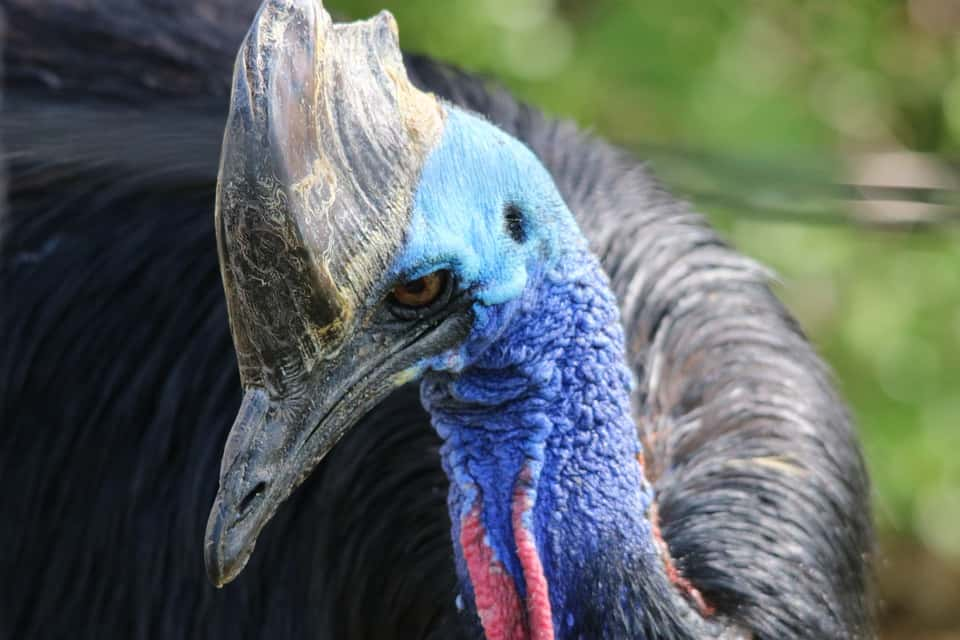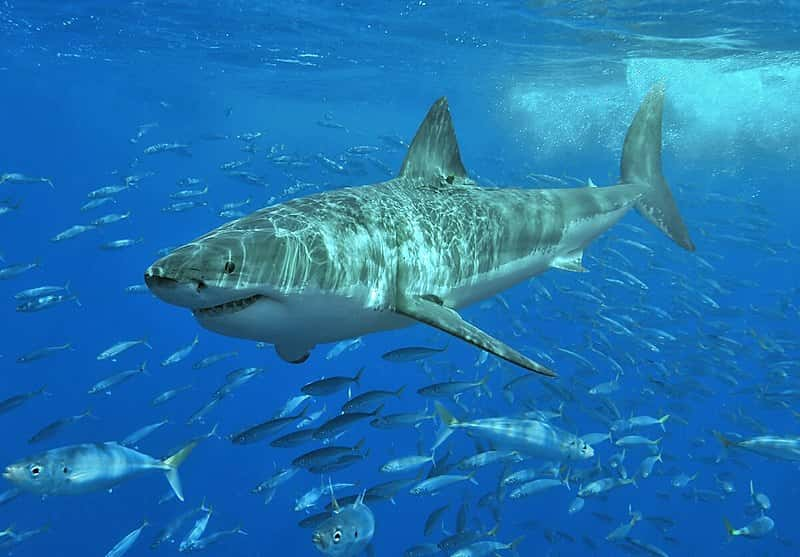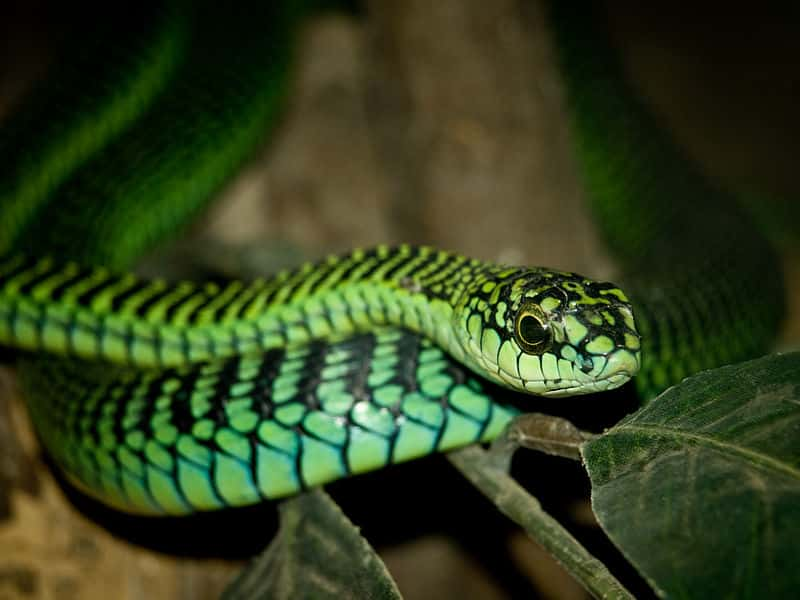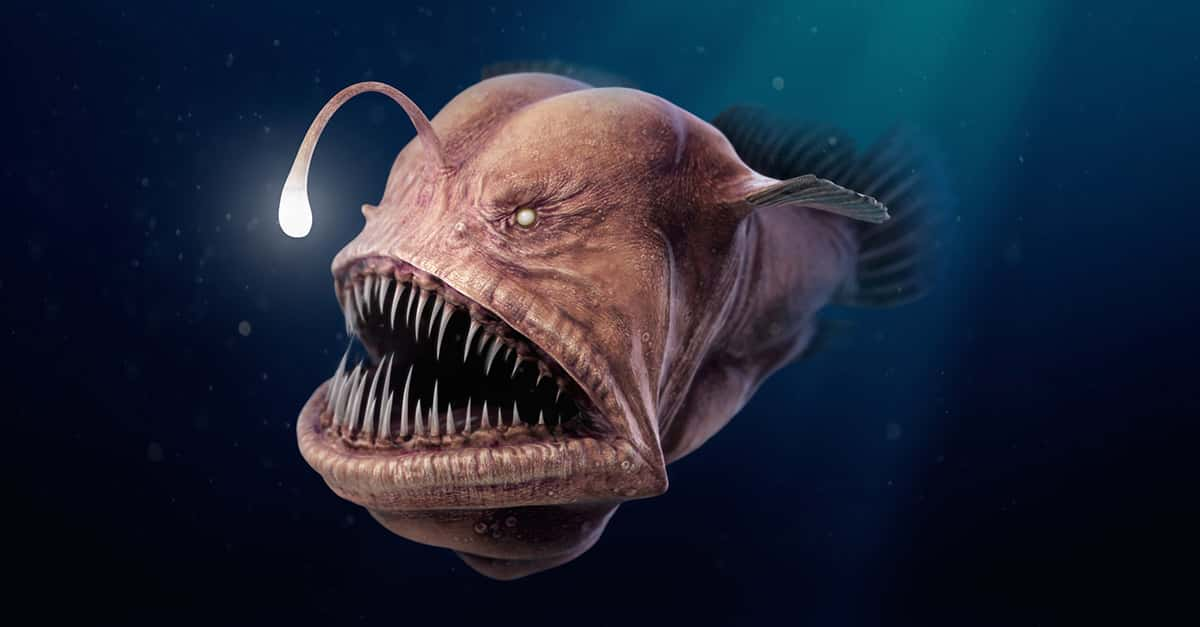All animals have evolved natural strengths and defences to keep themselves fed and keep themselves safe, from the incredible girth and razor claws of the grizzly to the spines and dangerous poison of the wee pufferfish. The terrifying and the cuddly, the massive and the miniscule, here are 39 of the world’s most deadly animals in all their ferocious glory!
1. Godzilla!
Growing up to 3 metres in length and weighing up to 150 lbs, the Komodo dragon is an Indonesian monster lizard leftover from the Pleistocene era. With a single bite, they latch serrated teeth into their prey and rip back with their powerful neck muscles, leaving a gaping wound. Their massive size is due to their status as the only carnivores in their niche on the Indonesian islands where they live.
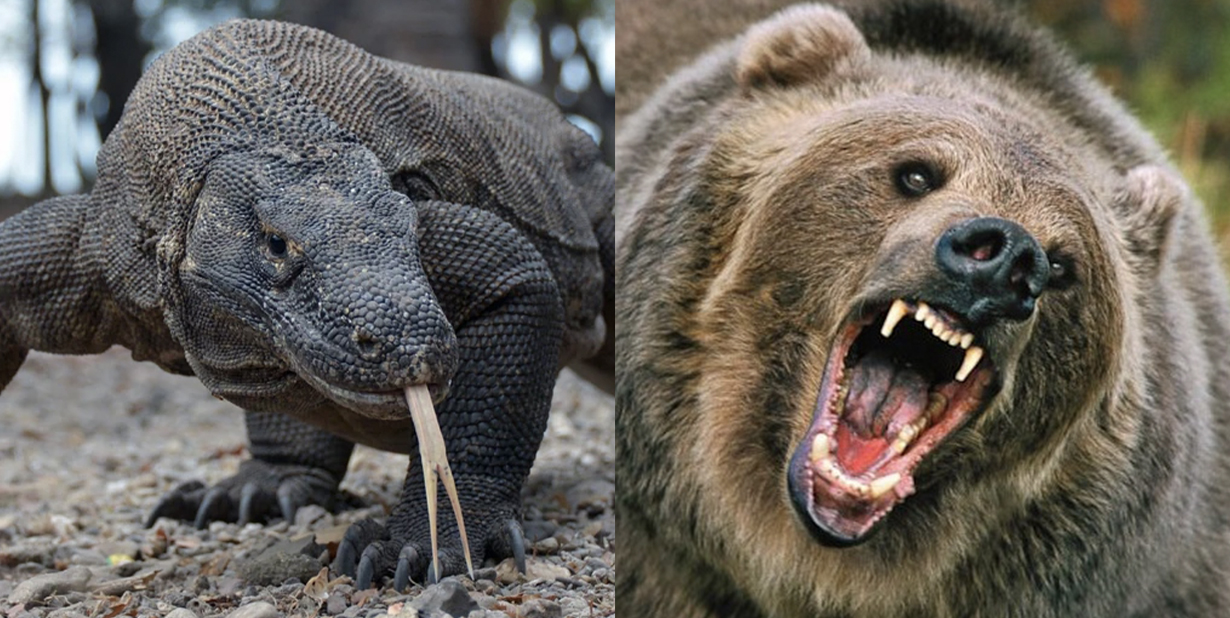
2. That Stings
Who’d have thought that one of the world’s deadliest creatures doesn't have a single bone in their body? The box jellyfish might be squishy, but don’t venture too close—their venom is one of the most deadly in the world. Their stingers are activated not by touch but by chemicals found in the skin of prey. As a result, swimming while wearing full-body pantyhose, while it may look a bit silly, can completely protect you from the deadly sting of the box jellyfish.
3. See Ya Later
The saltwater crocodile can grow up to 23 feet long and weigh upwards of 1 ton, and has no qualms about considering humans as prey. Aggressive and quick in water, the saltwater croc’s jaws are lined with razor-sharp teeth, and hold the record for the strongest bite ever recorded: 3,700 pounds per square inch (psi). That’s comparable to a T. Rex!
4. Shell Game
When you're a slow-moving invertebrate, you need fast-acting venom lest your prey swim away. In response, the geographic cone snail has evolved venom that paralyzes instantly. Their bright and patterned shells make them attractive to humans, but stay away: there is no known antivenin, and "treatment" is limited to just keeping a person stung by the cone snail alive until the symptoms pass. Even so, their venom may end up being of more good than harm to humans: a pain reliever potentially 10,000 times more powerful than morphine has already been found in the proteins in the venom of the cone snail.
5. Hungry, Hungry
Despite their bulbous shape and average weight of 3,000 lbs, hippopotami can run up to 30 km/h over short distances. They end approximately 500 people per year in Africa, mostly by overturning boats and drowning or crushing their victims. Its name means “river horse” in Ancient Greek, but maybe it would be better to call the hippo a "charging bull."
6. Kiss Of Demise
The world has many ferocious and poisonous snakes, but the black mamba stands out because of its speed: this snake can slither up to 12.5 miles per hour, making escape almost impossible. Their bite, called the “kiss of demise,” contains enough venom to end 10 healthy adult humans. If antivenin isn’t administered within the first 20 minutes, the bite of the black mamba is almost 100% fatal.
7. Hungry Herd
A single piranha may not be too scary on its own, but a horde of hungry piranhas have been reported to strip a whole cow down to its skeleton in minutes—one famous report comes from none other than American President Theodore Roosevelt, who visited Brazil in 1913!'
8. Move Over, Bullwinkle
It’s a common saying in Canada that a car accident involving a moose will leave the driver gone while the moose will simply walk away. Moose are a definite danger to motorists travelling through their territory, as the bulk of their mass is above the hood of most passenger cars. At up to 7 feet tall, their gawky long legs and formidable antlers are also a danger, as an angry or protective moose may charge humans who cross their paths.
9. Strength In Numbers
Like the piranha, the Asian giant hornet isn’t deadly on its own. Because they live in hives and travel in swarms, however, they can easily overwhelm and incapacitate a human. Asian giant hornets ended the lives of 42 people and injured more than 1,500 in 2013 alone.

Sign up to our newsletter.
History’s most fascinating stories and darkest secrets, delivered to your inbox daily. Making distraction rewarding since 2017.
10. Deadly Touch
Animals who don't possess stingers or fangs, but instead carry their poison on their skin, have evolved ways to signal to predators that they are unappetizing. Poison dart frogs have evolved brightly coloured skin to let predators know that while they may be small, they can end up to 20 adults with their poisonous toxins. The frog’s poison glands are located beneath the skin, so a mere touch is all it takes to liquidate.
11. Black Demise
Huge, cranky, and wearing a set of horns like a helmet, Cape buffalo have been known to attack moving cars, and keep charging even if they're injured. They’re nicknamed “Black Demise,” and have racked up a hunter demise toll higher than any other creature in Africa. Buffalo tend to live a slow-moving life in large herds, grazing close to watering holes, but if threatened—or especially if a calf is threatened—they can be quick to earn their nickname by charging at speeds up to 35 mph.
12. Inflate Up
Pufferfish, also known as blowfish, are so slow and feeble they have developed a very unappetizing strategy to dissuade predators: a threatened pufferfish will inflate to several times its normal size. Good luck trying to swallow one! If you do, however, get ready for a world of pain: pufferfish contain tetrodotoxin, a poison that is 1,200 times more lethal than cyanide! A single pufferfish contains enough toxin to end 30 adult humans. Nonetheless, pufferfish are considered a delicacy, and in Japan several people pass each year from improperly prepared pufferfish.
13. Small Wonder
One of the smallest animals on this list, the lowly mosquito racks up the highest demise toll by ending by proxy: they may be puny, but the blood-borne diseases they carry can be majorly deadly. The mosquito, through its transmission of diseases and parasites like malaria, zika, West Nile virus, and Dengue fever, indirectly kills up to a million people per year; a child dies from malaria every 30 seconds.
14. Striped Danger
Tigers are responsible for more attacks on humans than any other large cat. If a human ventures too close to a tiger that is feeding or a tiger caring for its cub, they can pounce and maul with alarming ferocity. In 2017, a zookeeper was liquidated within 30 seconds when a tiger charged her—so quickly a tranquilizer dart wouldn’t even have had time to take effect. The Champawat Tiger of Nepal holds the Guinness World Record for highest human fatalities by a single tiger at 436—it was ended in 1907.
15. What’s That Sound?
Technically a genus of vipers, there are eight different varieties of saw-scaled vipers, including the oscillating carpet viper, which alone is responsible for more snakebites worldwide than any other variety of snake. When threatened, snakes of this variety will coil in a series of C-shaped coils and rub their scales together, making a sizzling noise “like water on a hotplate.”
16. Honey Badger Don’t Care!
They're just crazy! The Honey Badger holds the Guinness World Record for Most Fearless Creature. Its 1/4 inch-thick skin can withstand spears, and arrows. Even if a King Cobra gets its teeth through the thick skin, honey badgers are naturally resistant to many types of stings and venom, and their powerful muscles and teeth make them fierce and feisty predators. Honey Badgers became very popular after a comic video describing the badgers went viral in 2011—fierce, thick-skinned, and scrappy, they’re a good role model for today’s world.
17. Tsk, Tsk!
Roughly the same size as an average housefly, the tsetse fly is far more insidious. It uses its long proboscis to suck the blood of vertebrate animals, including humans, and often leaves a little something behind: up to 30,000 people a year fall victim to African Sleeping Sickness after a tsetse fly bites, and 10,000 of these victims perish from the disease.
18. High Protein Diet
Only a truly fearsome predator could get away with sleeping 21 hours a day and paying no attention to which way the wind blows their scent. Lions tire easily and only hunt 2-3 hours a day, but their hunting is ferocious and calculating; a herd works together to bring down large prey. Adult males gorge on up to 75 lbs of meat at a time, and may rest a week between kills. A human is a less appealing meal for lions than, say, a wildebeest, but lions still take down approximately 100 people a year in Tanzania.
19. Lifetime Achievement Award
If there were an award for most fatalities in history, it would have to go to the rat (and the fleas they carry), which helped spread the Black Demise that threatened to wipe out Europe. The very fabric of society buckled, with villages emptied and upper classes reduced to poverty. Over 25 million people passed of the bubonic plague between 1348 and 1353, including over half the population of England alone.
20. Never Forget
Though they are the largest land mammal on Earth, elephants are often gentle creatures when undisturbed. As vegetarians, they can raid farms and destroy crops when they are prevented from grazing or their habitat is compromised, and humans that stand in their way are liable to be gored by tusks or stepped on. Intelligent, emotionally complex, and socially dynamic, elephants are truly majestic creatures—the menace they represent to humans is minuscule compared to the dire menace humans pose to them.
21. Man’s Best Friend
Domesticated dogs are one of the most ubiquitous animals in the world—and are some of the most valued pets in the Western world. Loyal, smart, and occasionally snuggly, dogs are the go-to creature for humans who need a companion for hunting, herding, or just hanging out. Even still, dogs who are mistreated, badly trained, or diseased can attack, and rabid dogs are responsible for an estimated 25,000 deaths per year.
22. Grumpy Bear
The Grizzly might have the distinction of the largest and strongest bear, but the world’s smallest bear is the most ferocious. The Asian Sun Bear has the largest teeth in proportion to its body, and is one of the most dangerous animals to encounter in the jungle. The bears have a distinctive golden necklace-shaped patch of fur on their chests.
23. Not So Polite
Though they look like miniature bears, the wolverine is a member of the weasel family. They’re a bit like Canadian honey badgers—fierce and fearless. They regularly take down elk and caribou and will stand up to bears and cougars over territory. Their bone-crushing jaws are inset with long, sharp teeth—with their back teeth rotated 90 degrees for maximum carnage from a bite!
24. Bull Market
The great white might talk the talk, but the bull shark walks the walk. They have the strongest bite of any shark and are considered the world's most vicious fish. They like to hang out in shallow, coastal regions—unfortunately, the same areas that humans dwell. They can even adapt to fresh water, and have appeared in rivers and lakes.
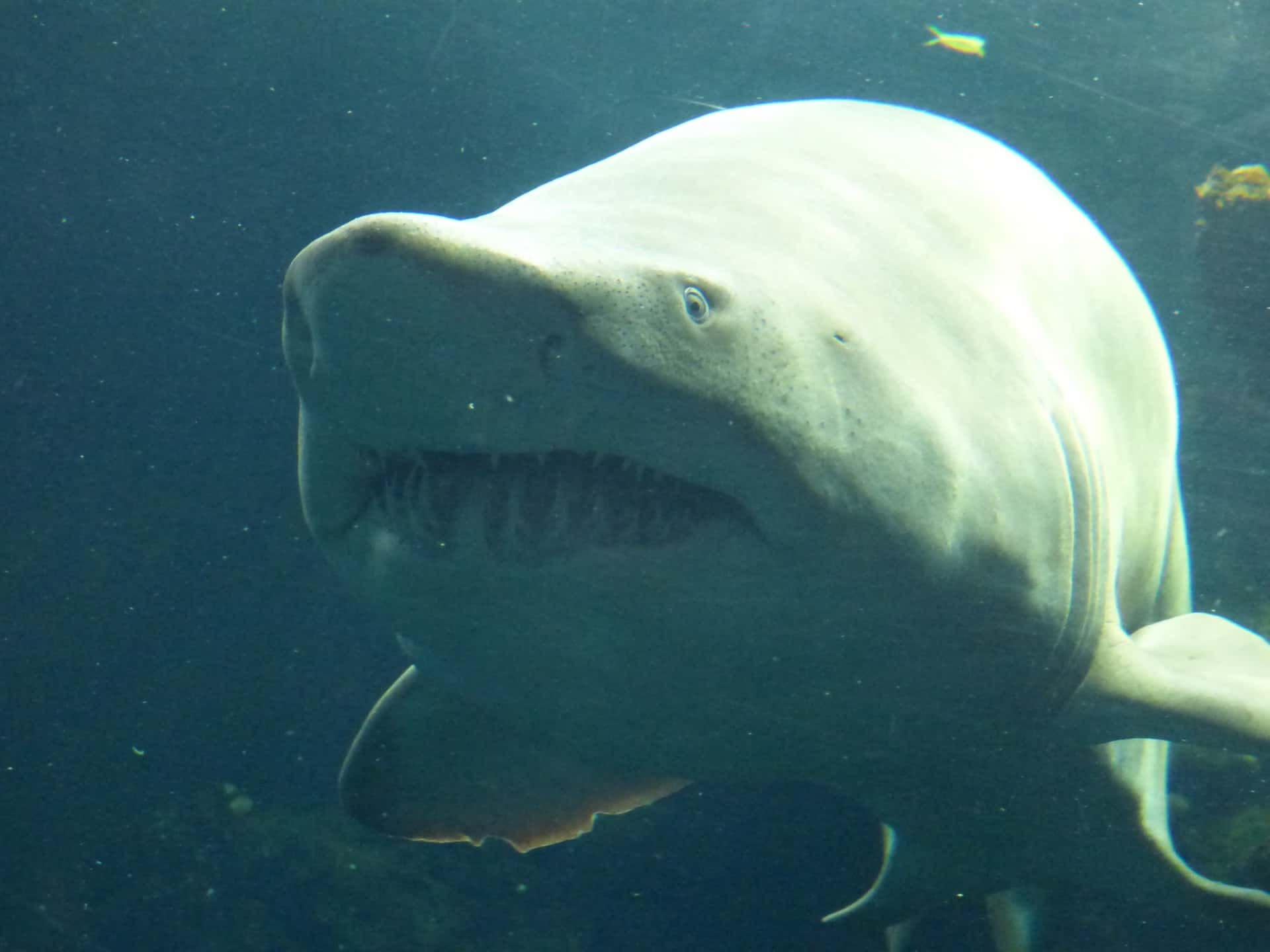 Public Domain Pictures
Public Domain Pictures
25. Boared To Demise
Some hunters claim that wild boar are even more dangerous than bears to hunt, which makes sense when you consider the agility and intelligence of the boar. Boars have been known to circle human hunters and attack from behind, turning the hunters into the hunted. Watch out for those sharp tusks!
26. Leader Of The Pack
Wolves are ferocious pack hunters. With fearsome sharp teeth and powerful jaws, wolves will attach themselves to their prey and tear chunks of flesh off, causing prey to bleed to end. Wolf attacks are more common in Russia than America, but the North American danger from wolves increases as they are forced closer to humans by encroachment into their habitat.
27. Need We Say More?
The terrifyingly-named Deathstalker is responsible for three quarters of all scorpion-related deaths in the world. Even after large doses of antivenin, victims can still experience pancreatitis, anaphylaxis, and extreme pain. Make sure to shake out your boots before putting them on if you happen to visit Northern Africa or the Middle East, where the Deathstalker resides.
28. Imported Danger
Burmese pythons shouldn’t be a menace to humans in North America, but in 2013, two boys in New Brunswick, Canada were strangled by a python that escaped from a pet store below them and slithered through heating vents to their bedroom. Burmese pythons have been imported to North America as exotic pets and released by careless and irresponsible owners, where they have thrived in warm climates like Florida.
29. Deadly Experiment
Their story is often told as that of a mad scientist, breeding the most dangerous “killer bees” the world has ever known and unleashing them on the world. While the real story is a little less dramatic—biologist Warwick E. Kerr was in fact trying to breed bees that produced more honey, and they were accidentally released—the release of Africanized honey bees has been devastating as, without any human intervention, they have spread worldwide and become one of the most successful invasive species ever. More defensive than their European counterparts, Africanized bees are more aggressive and have a higher tendency to swarm, which makes them dangerous to humans. They have ended an estimated 1,000 humans.
30. Aptly Named
Orcas, formerly called “killer whales,” may have been named correctly in the first place—these whales are ruthless hunters. They are apex predators, meaning no other animals hunt them, and they hunt in packs like wolves, eating prey that includes birds, sea turtles, cephalopods, and other sea mammals. Orcas imprisoned by humans in theme parks such as Sea World have been known to attack or end trainers—but if left alone, they pose little to no menace to humans.
31. Camouflage Killer
It might look like a regular old rock, but if stepped on, the stonefish will inject a deadly poison proportional to the pressure being applied to it—the heavier the predator, the more poison deployed. "The Hildebrand Rarity," a short story by Ian Fleming, makes reference to the deadly fish: "Ever seen a man that's stepped on a stonefish? His body bends backwards like a bow with the pain. Sometimes it's so frightful his eyes literally fall out of their sockets. They very seldom live."
32. With This Ring…
The blue-ringed octopus usually spends its days hunting for small fish and crustaceans in the tropical Pacific and Indian ocean, but when threatened, the blue and black rings that dot its yellow skin will change colour as a warning display. Their saliva contains tetradotoxin, a dangerous neurotoxin, plus at least 6 other major chemicals that can cause respiratory arrest, cardiac arrest, paralysis, blindness, and demise within minutes if not treated with antivenin.
33. Yuck!
Parasites like tapeworms don't end their hosts right away; they attach to the bodies of their host organism and feed off them for years, even decades. However, when tapeworms reproduce, the larval infection of eggs floating through the host’s gut and bloodstream can cause some serious problems. In developed countries, medication can often easily eradicate tapeworms, but in areas where there is no medical intervention available, these parasites can be deadly.
34. Cute But Dangerous
Responsible for over 200,000 deaths per year—that's more than lions, sharks, and wolves combined—the tiny freshwater snail is another killer by proxy. They carry a parasite called schistosomiasis, which is harmless to them but deadly to us.
35. Dressed To Harm
The cassowary has brilliant blue feathers on its neck and face: Picture an ostrich dressed up for a fancy dress party. Also like the ostrich, they have a terrible temper and impressive natural defenses. Capable of running and leaping at up to 30 miles per hour on powerful legs ending in razor-sharp claws, the cassowary may be flightless but it is extremely aggressive and territorial.
36. Leopard Seal
Like its giant cat namesake, the leopard seal is both covered in spots AND a vicious predator! They can grow to 11 feet long and are fierce Antarctic marine predators; they regularly dine on penguins.They have been known to attack and end humans, and are regularly known to bite and puncture inflatable boats.
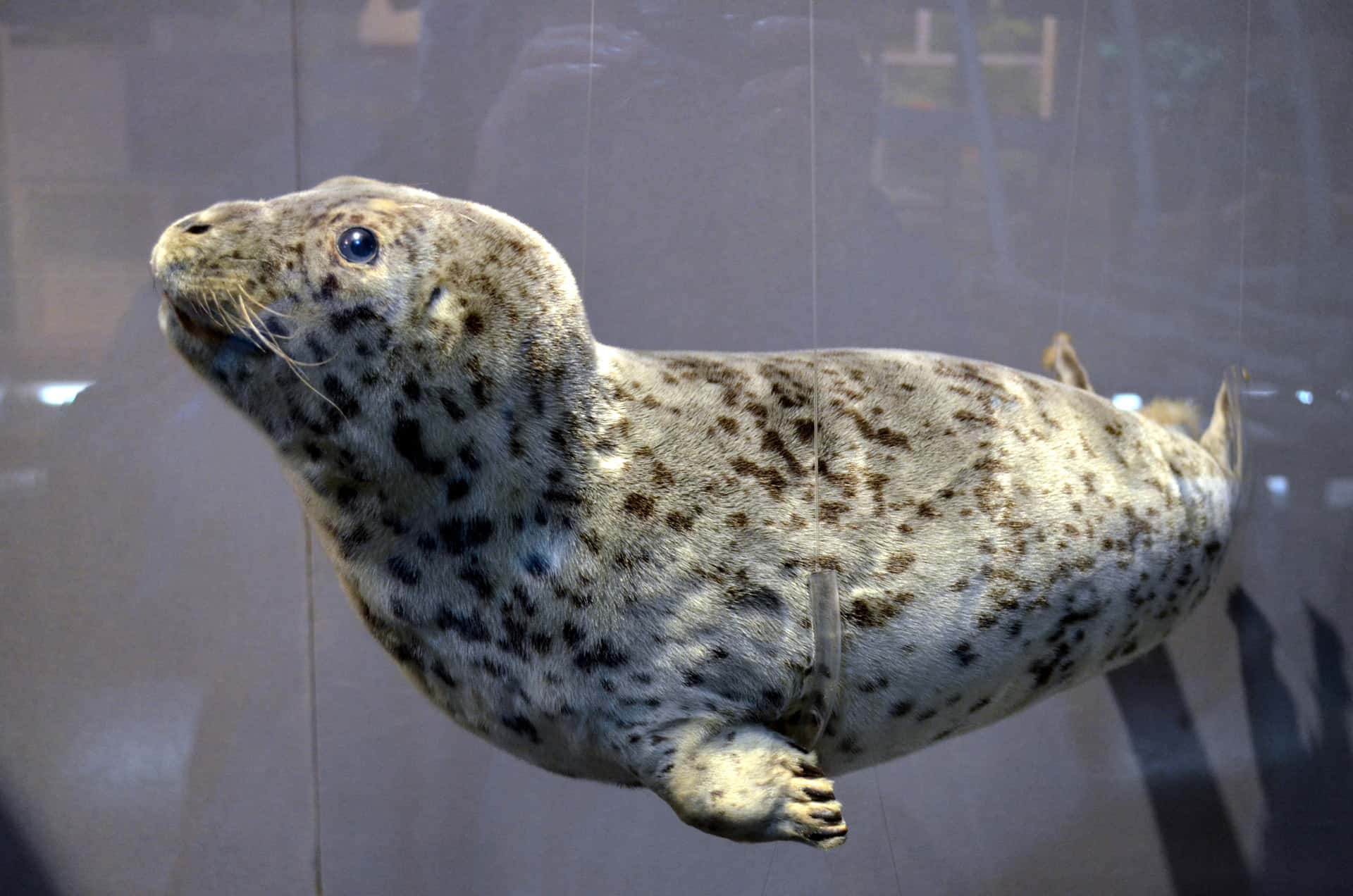 Public Domain Pictures
Public Domain Pictures
37. Mistaken Identity
If you’re bitten by a great white shark, don't take it personally! They might just be trying to figure out what exactly you are. With eyes on either side of their head, great whites have poor vision, and will also test-bite parts of boats, buoys, life preservers, and other flotsam and/or jetsam they find in the water. Though popular culture (i.e. Jaws) has portrayed them as killers, great white sharks would much prefer a nice fat-rich seal to a lean human, and will rarely go back for a second bite.
38. Boom boom boom, Don’t Come Up To My Room
No, it’s not a terrible band from the 1990s—the Boomslang is actually a variety of snake that is not to be trifled with. Characterized by beautiful and brightly-colored scales and large eyes, a bite from the rear fangs of this snake will disrupt the clotting process and actually cause a victim to bleed out through every orifice. Internal bleeding can be so bad as to make the victim turn blue.
39. Look In the Mirror
Whether you consider the danger posed to humans or the danger to other animals, the world’s most deadly animal is: humans themselves. Over 520,000 people per year are liquidated by armed brutality —including intentional liquidation , terrorism, and conflict. Humans are apex predators whose technological advancements (such as guns) make them the most adept hunters on earth, not to mention the loss of animal life made possible by modern farming and agriculture. By environmental destruction, we are destroying the habitats of countless animals globally—including species we haven't even discovered yet. There is simply no animal more deadly or destructive than humankind.
Sources: 1, 2, 3, 4, 5, 6, 7, 8, 9, 10, 11, 12, 13, 14, 15, 16, 17, 18, 19, 20, 21, 22, 23, 24, 25, 26, 27, 28, 29, 30, 31, 32, 33, 34, 35, 36, 37, 38


